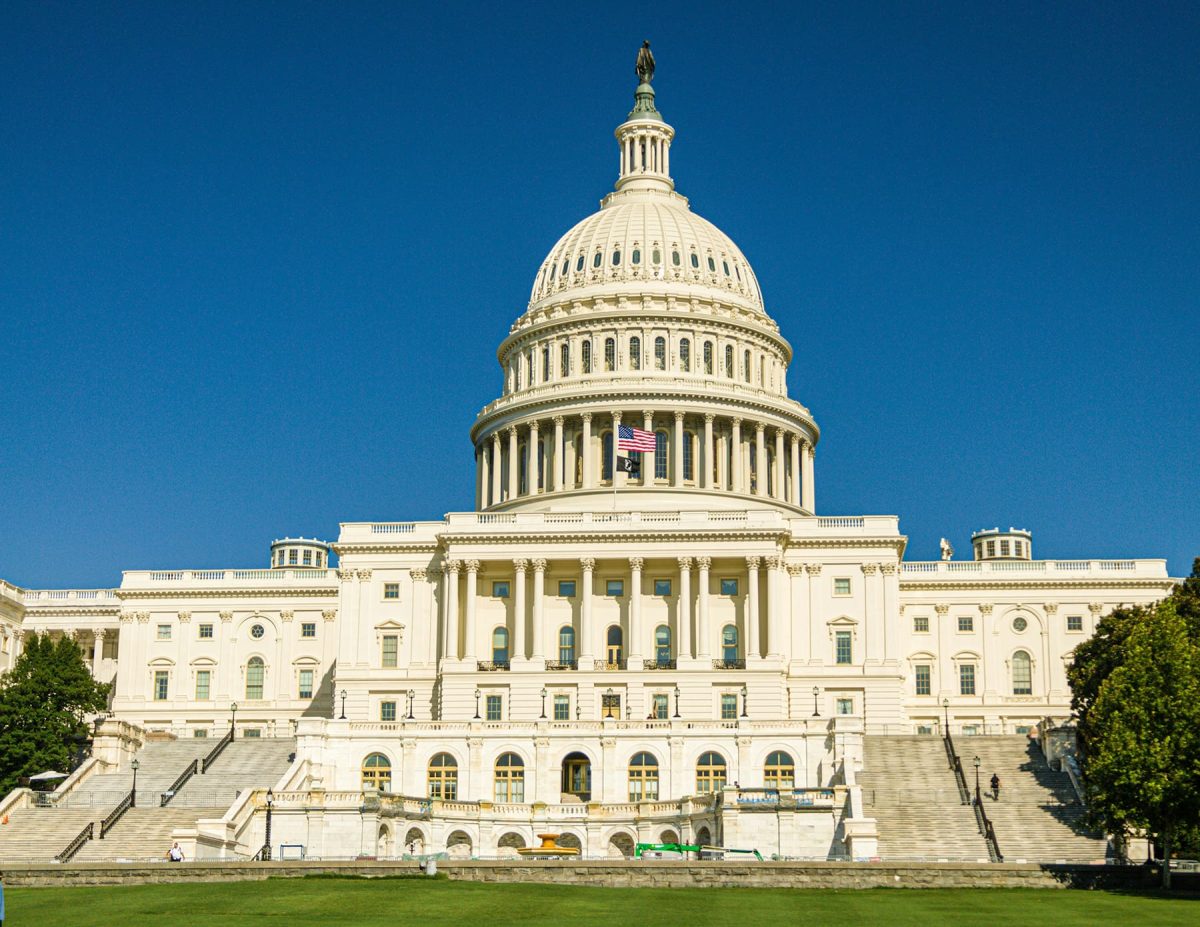
Insights
October 11, 2024
Getting the Most from Your Microsoft Benefits
In Company Benefits, Financial Planning, Retirement, Tax Planning, Wealth Strategy

Microsoft (MSFT) offers a comprehensive suite of benefits that can help employees build wealth, manage risk, and secure their financial future. It’s important to optimize these benefits by integrating them into your overall financial plan. Open Enrollment in early November provides the perfect opportunity to review and make decisions about your health, retirement, and other key benefits.
Equity Awards
Your annual Microsoft stock grants can be used for short-term cash flow or long-term goals, such as saving for college or retirement. Managing the tax impact of these awards is crucial, especially if your income or the value of vested shares is increasing. You can elect a specific tax withholding rate on your stock vests to estimate your tax liability and avoid underpayment penalties. Microsoft’s stock grants vest immediately in the event of death or total disability. If you are age 55 or older with 15 years of service, any stock grants older than one year continue to vest even if you leave the company.
10b5 trading plans can be set up with the Fidelity stock plan team. 10b5 plans allow insiders, including executives, to sell or buy shares of company stock at predetermined times, even if they have access to non-public information. To comply with SEC rules, the plan must be established during a period when the insider is not in possession of material non-public information (MNPI).
- Tip: Implementing a 10b5-1 trading plan to automatically sell some or all shares upon vesting helps avoid building a concentrated position and reduces the hassle of placing trades.
Retirement Savings
Maximizing your retirement savings is essential. Start by contributing the maximum allowable $23,000 in pre-tax dollars to your 401(k) for 2024, with Microsoft matching 50% of that amount—effectively an $11,500 boost. Those over 50 can make catch-up contributions of an additional $7,500. You can also contribute up to $34,500 in after-tax dollars. Note this is in addition to the pre-tax or Roth contribution limits and is an extremely rare opportunity for you to invest money that could grow tax-free. This is because the contributions made in the after-tax plan are eligible for conversion to your Roth IRA.
- Tip: Take advantage of the “mega back door Roth option” by fully maxing out your pre-tax contributions and contributing the additional $34,500 in after-tax contributions. Then call the Fidelity 401(k) line at least once per year to convert the after-tax contributions to your Roth IRA. Balances can be set to convert automatically on a quarterly basis; however, this would keep funds locked inside the Microsoft plan where you have limited investment choices.
Employee Stock Purchase Plan (ESPP)
Microsoft offers a 10% discount on the purchase of Microsoft shares. You can contribute up to 15% of total cash compensation subject to the $25,000 annual IRS limit. By fully participating in the ESPP plan, you are expected to come out ahead by approximately $2,500 per year, before taxes. We typically recommend maxing out the ESPP and selling your shares each quarter. You can then use the proceeds to supplement your lower monthly take-home pay or add to your diversified portfolio.
Note: if you hit the annual maximum and continue contributing during that quarter, Microsoft will continue to withhold for the remainder of the quarter and then refund the excess after a few months. The exception to this is in the quarter following an annual max out, in which your contributions will be suspended and set to automatically resume in January.
- Tip: If you have unanticipated cash needs, you are allowed to suspend and withdraw your ESPP contributions if you make the request no later than the last day of the second month of the offering period. For example, you could suspend and withdraw your ESPP contributions for Q4 if you make your request by November 30th.
Deferred Compensation Plan (DCP)
Select executives (level 67 and above) can defer portions of their salary or bonus into the Deferred Compensation Plan (DCP). This can reduce current tax liabilities and funds can be invested with earnings growing tax-deferred until distribution. Funds in DCP are subject to Microsoft’s long-term financial health, so some risk is involved. There are two DCP enrollment windows:
- May 1–31: Defer up to 100% of next year’s bonus (paid September of the following year)
- November 1–30: Defer up to 75% of next year’s salary (effective January 1 of the following year)
You can choose from three main distribution options: A lump sum payment at a future date or upon leaving the company, annual installments over a set number of years (e.g., 5, 10, 15), or specifying a trigger date for distributions, such as a particular year, retirement, or separation. Note that scheduled distributions can be delayed but must be pushed out at least five years, and the re-deferral election must be made at least 12 months prior to the scheduled distribution date.
Deciding whether to participate in the deferred compensation plan requires careful consideration, as it can be difficult to elect a distribution schedule that aligns with your plan. For more details, see Should I Participate In Deferred Comp?
- Tip: If you participate in the DCP, you should also revisit your elections for the 401(k) and ESPP to make sure you are maxing out your contributions to all plans. Withholding elections for 401(k) and ESPP apply only to income that you have not deferred.
Health Savings Account (HSA)
Employees enrolled in a high-deductible health plan (HDHP) are eligible for an HSA. Contributions are tax-deductible, grow tax-free, and withdrawals for qualified medical expenses are also tax-free. For 2024, the HSA contribution limit is $8,300 for families and $4,150 for individuals, including Microsoft’s contributions. HSA accounts are set up at Fidelity, which offers a wide range of investment options to meet your short-term or long-term goals.
You can modify your HSA elections at any point during the year, although we recommend that you make your election during Open Enrollment. You can elect to contribute to your HSA either by a per pay period amount or lump sum amount. For more details, see our article Save More for Retirement with Your Health Saving Account.
- Tip: Contribute the maximum allowable amount in January to maximize tax benefits and invest funds earlier in the year. Paying medical expenses out-of-pocket allows HSA funds to grow and compound tax-free for future use.
Flexible Spending Account (FSA)
FSAs allow you to save pre-tax dollars for healthcare and dependent care expenses. In 2024, you may contribute up to $3,050 to a Healthcare FSA or $5,000 to a Dependent Care FSA.
If you have an HSA, you can contribute to a limited-purpose FSA for dental and vision expenses. This type of account can be beneficial if you anticipate some large expenses (e.g., braces or LASIK); otherwise, most people find it to be more hassle than it’s worth for the small expenses. You must incur the expenses before December 31, 2024, and submit claims no later than March 31, 2025.
- Tip: FSA funds must be used in the year contributed, but you can carry over up to $640 into 2025. Schedule any major medical or dental procedures before year-end to avoid losing unused funds.
Life Insurance
Microsoft provides basic life insurance coverage equal to 3x your annual salary at no cost. During Open Enrollment, you can increase coverage to up to 10x your salary (up to $4 million). Coverage can be increased (by a max of 1x your salary) during Open Enrollment without evidence of insurability. Additional coverage for spouses and children is also available.
- Tip: Life insurance coverage is not portable, so if you think you might leave the company, consider purchasing a separate policy.
Disability Insurance
Microsoft offers short-term disability coverage that provides 100% of pay for the first seven weeks, followed by 75% for an additional 18 weeks. Long-term disability covers 60% of salary, up to $15,000 per month, and benefits may be paid tax-free until age 65 (or longer if the disability occurs after age 60). This coverage applies to bonuses and commissions but excludes stock awards.
- Tip: Consider purchasing supplemental disability insurance from an outside provider to cover a higher percentage of your total compensation.
Group Legal Plan
Employees can purchase basic legal coverage from ARAG for a small monthly fee. The policy covers writing simple wills and services such as resolving a dispute with a neighbor or challenging a parking ticket. It also provides access to Life Lock Credit Monitoring Services, including $1 million in identity theft insurance.
- Tip: The legal plan will likely not be sufficient for complex estate planning, so plan to hire an outside estate planning attorney to draft your estate plan.
Wellbeing Benefits
Microsoft’s Perks+ program reimburses employees up to $1,500 annually for wellness-related expenses such as gym memberships, fitness classes, massages, and financial advising. Additional benefits include a 24-hour nurse line, tobacco cessation programs, and on-site services at the Redmond campus such as physical therapy and a pharmacy.
- Tip: Fees for financial planning can be reimbursed under this program.
Volunteer and Gift Matching
Microsoft will match your charitable donations of cash, stock, or products. Microsoft will also match grants from a Charitable Gift Fund. If you perform any volunteer work, Microsoft will donate $25 per hour to eligible organizations. These are great options for maximizing your support for the causes that are important to you.
Reviewing Your Elections
Open enrollment is an important period to review and optimize your benefits selections for the upcoming year. Here are a few tips for maximizing your choices during this time:
- Review Changes to Health Plans: Review any updates or changes to your health insurance plan options to find the best option for your current health needs.
- Maximize Contributions to HSA Accounts: Elect for your HSA contributions to max out in January and set a reminder to invest those contributions in your Fidelity HSA account once the contribution is made.
- Review Balances and Contributions to FSA Accounts: Submit receipts for FSA reimbursement and schedule year-end appointment to use up balances. Up to $640 of unused funds can be carried forward to 2025, but any unused funds over this amount will be forfeited.
- Evaluate Insurance Coverage: Review your life insurance and disability insurance options. Microsoft provides 3x an employee’s salary as life insurance at no cost, but you can opt for additional coverage if needed. Note that you do not need to show evidence of insurability if you only request to increase coverage by 1x your base salary during Open Enrollment (up to $750,000).
Open enrollment is also a great time to check in on the following benefits before year-end:
- Consider setting up a 10b5 plan: Review your new grants and set up a 10b5 plan for the following year to automatically sell shares upon vest and ESPP shares upon purchase. 10b5 plans must be set up during an open trading period.
- Review your 401(k) Elections: Confirm your 401(k) contributions are on track to max out both the pre-tax and after-tax contributions. Call Fidelity and roll your after-tax contributions into your Roth IRA. Invest the contributions and pay for medical expenses out of pocket.
- Consider participating in the Deferred Compensation plan: November is enrollment for deferring up to 75% of your salary for the following year. Consider distribution options carefully and make sure they align with your long-term plan. Review any current elections to determine if distribution election should be amended for optimal tax planning.
- Review your ESPP Elections: Review your election to determine whether your contribution rate is set optimally. Consider whether to change your withholding election for Q1 of next year.
This article reflects the critical benefits available to Microsoft employees and incorporates tips for maximizing your choices during Open Enrollment. If you have questions, your Coldstream Wealth Management team is available to help you navigate these decisions.
DISCLOSURES
Coldstream analyses are not intended to provide, and should not be construed to constitute, complete accounting, insurance, investment, legal, or tax advice. None of the information provided constitutes an opinion or recommendation or solicitation of any particular security or account. The investment strategies and securities shown may not be suitable to you. Coldstream does not provide any specific tax or legal advice; you should consult your tax, legal, or other advisors before implementing any changes to your current financial situation.
To ensure compliance with requirements imposed by the IRS, we inform you that any federal tax advice contained in this communication (including attachments) is not intended or written to be used and cannot be used for (1) avoiding penalties imposed under the Internal Revenue Code or (2) promoting, marketing or recommending to another party any transaction or matter addressed herein unless the communication contains explicit language that it is a tax opinion in compliance with IRS requirements. Please contact your tax advisor for guidance on your individual situation.
Insights Tags
Related Articles

July 14, 2025
Empowered Together: Navigating Disability with Confidence and Compassion


July 9, 2025
The “One Big Beautiful Bill”: Key Tax Provisions



July 7, 2025
The Professional Trustee: A Key to Secure and Sound Estate Management
